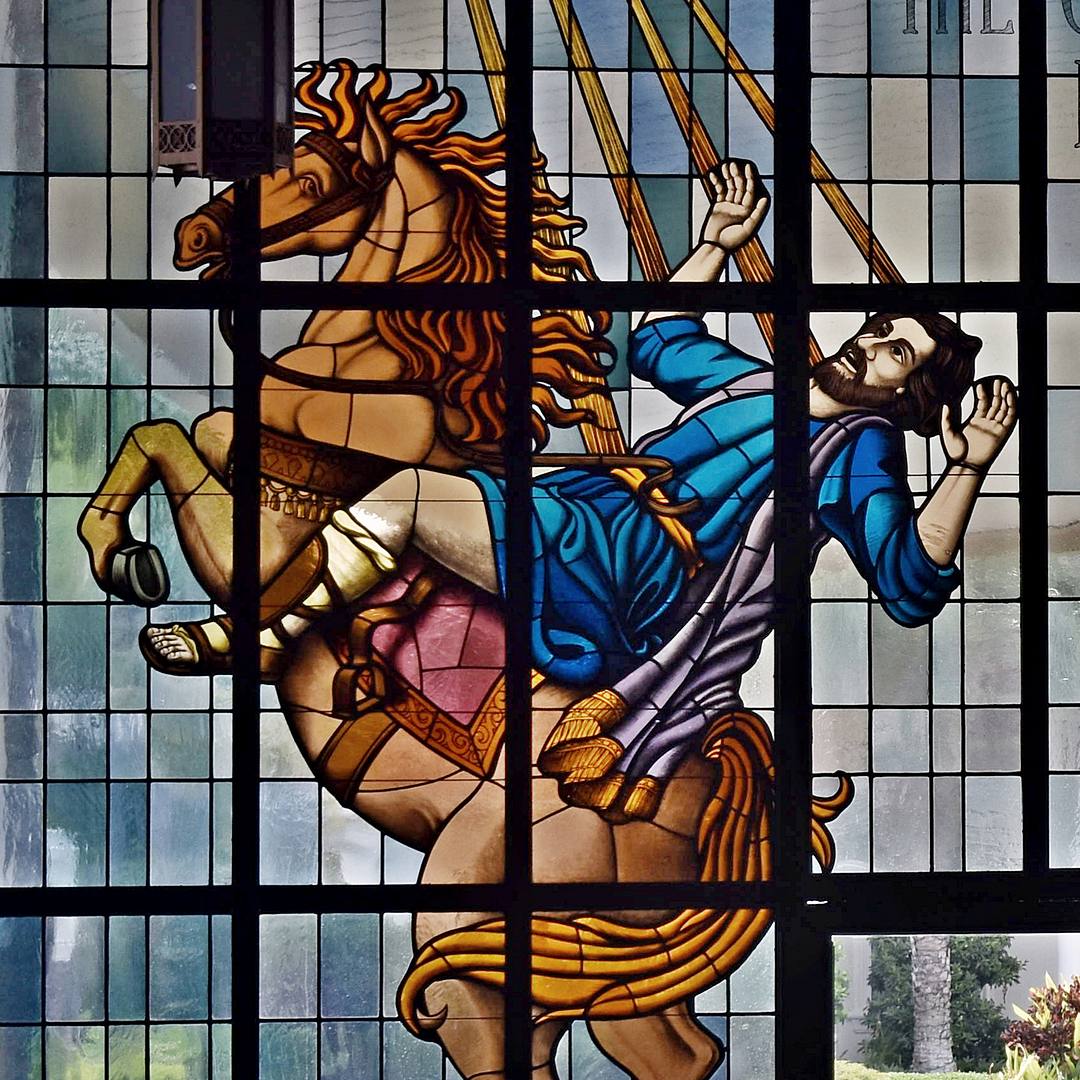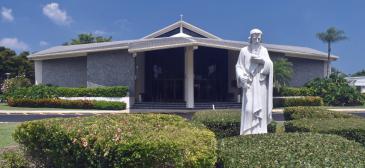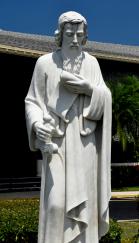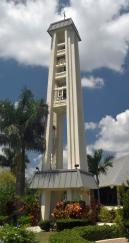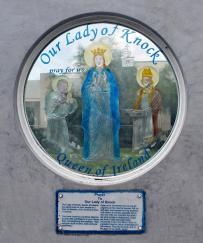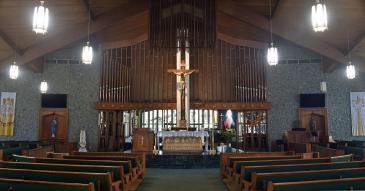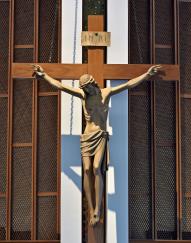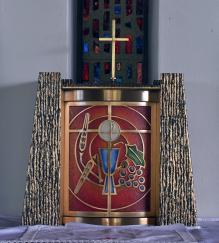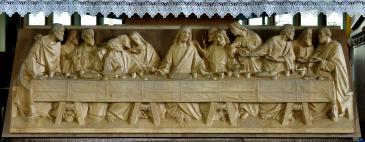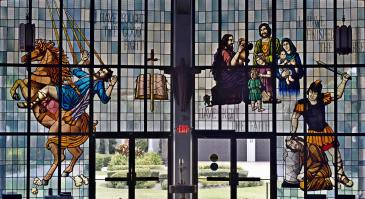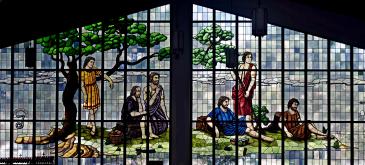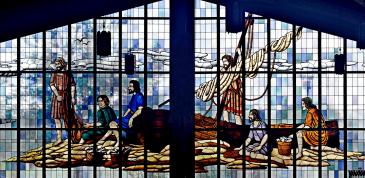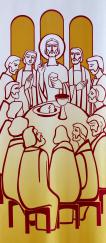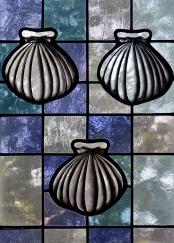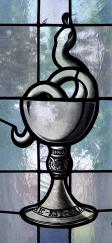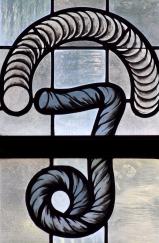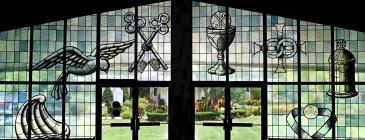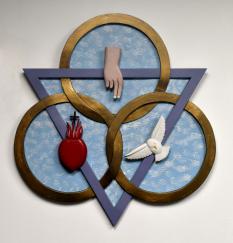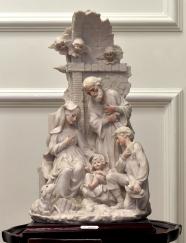By Jim Davis - Florida Catholic
Photography: Jim Davis
LIGHTHOUSE POINT | January 25 marks the feast of the conversion of St. Paul – one of the Church’s great enemies, who became one of its greatest champions.
Paul spread the Gospel in cities far beyond the Holy Land, aided by a corps of hand-picked missionaries. Through his letters, he contributed much of the New Testament. And because Jesus personally called him, he is sometimes considered the 13th apostle.
Just by background and upbringing, it would be hard to pick someone better than Saul, his Jewish name. Born in the Roman province of Cilicia, he got both a Greek and Jewish education. So he was at home in all three cultures: Greek, Jewish and Roman.
His religious leanings, though, were another matter. A self-described Pharisaic zealot, he joined the campaign as a young man to crush Christianity. He watched approvingly as a mob stoned St. Stephen in Jerusalem, then himself had Christians jailed. He then set out to do the same in Damascus.
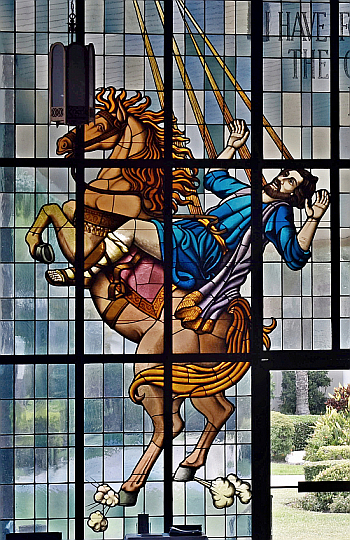
Photographer: Jim Davis | FC
Scenes from Paul's life fill a floor-to-ceiling window at St. Paul Church in Lighthouse Point. They include the light that blinded him, his reading of one of his 13 epistles in the Bible, and his martyrdom by beheading.
En route, however, he was struck by a blinding light. He then heard a voice: “Saul, Saul, why are you persecuting me?” The speaker identified himself as Jesus and told Saul to continue to Damascus, where a believer laid hands on him. As Acts 9:17-18 testifies, he regained his sight and was baptized.
Preaching as Paulos – a Greek name meaning “small” or “humble” – he stayed for three years in Damascus, shocking listeners by siding with those he had once attacked. When death threats circulated, however, his allies helped him escape and return to Jerusalem.
THREATS, SUSPICION
It took awhile for believers there to accept their former nemesis, but Barnabas, a supporter of the Church, vouched for him. Paul preached around Jerusalem until death threats sent him away again. He returned to Cilicia, then preached around Syria.
Their first big success was Antioch, where, according to Acts, the disciples were first called Christians. For more than two decades, Paul and fellow missionaries – including Luke, Silas, Titus and Barnabas – traveled throughout Greek and Roman regions, founding church communities.
Not that it was a smooth road. Paul was jailed at least three times and flogged five times. Once he was stoned outside a city and left for dead – then recovered and walked back. During a voyage, his ship ran aground at Malta. There he was bitten by a venomous snake without suffering harm, to observers’ amazement.
On his final visit to Jerusalem, he was arrested once more. He was held for two years in Caesarea, then shipped to Rome for a hearing with the emperor. He lived under house arrest for two years there, teaching and writing the last of his epistles. He was then condemned and beheaded, then buried where the Basilica of Paul-Outside-the-Walls now stands.
ALL ARE INVITED
Paul’s most lasting influence is in his 13 New Testament letters. Known as the Church’s first great theologian, he eloquently set out the apostolic message of grace through faith.
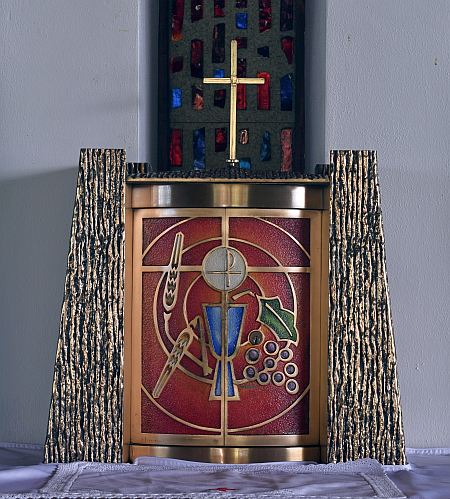
Photographer: Jim Davis | FC
Wheat and grapes surround a chalice and Host on the front doors of the Tabernacle at St. Paul Church in Lighthouse Point. The Tabernacle is used to store the consecrated Host.
Although Jesus had come as the Jewish Messiah, Paul said, salvation was now open to all people. Having paid the penalty of sin and death, Jesus offered eternal life to everyone who would accept it.
No longer were the rituals of Jewish law necessary, according to Paul – only faith in Jesus and following him. And more: Believers can call God their personal Father and be empowered to live in a way that pleases him. They can also join with fellow Christians in a universal community.
Paul’s words have echoed throughout history, in the writings of great thinkers like saints Augustine and Thomas Aquinas. Protestant leaders, too – including John Calvin and Martin Luther – have centered their teachings on his letters.
The Church sets June 29 to honor the martyrdom not only of St. Paul, but of St. Peter as well.
“Peter represents the institutional church, while Paul represents the charismatic or spiritual church,” according to the United States Conference of Catholic Bishops.
Both men, the USCCB adds, were “utterly seized by Jesus’ message.”
BEANS AND PEPPERS
In South Florida, the church named for Paul was born amid former bean and pepper fields north of Pompano Beach. In 1964, founding Bishop Coleman F. Carroll carved a new parish out of land from five other parishes.
The church building was dedicated in 1971, with a bell tower following in 1988 and a 59-rank pipe organ in 1992. The congregation formed men's and women's clubs, raising funds for the various projects.
Parish outreaches include chapters of Respect Life and the St. Vincent De Paul Society. Members also make sandwiches and bring them to the church to give to the homeless.
Other groups include Boy Scouts, Girl Scouts and Sea Scouts; Knights of Columbus and Legion of Mary; a Council of Catholic Women; and men's and women's rosary groups.
